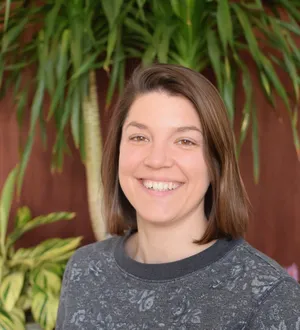NATIONAL MUSEUM OF NATURAL HISTORY
Can You Help Us Clear The Fossil Air?
Help Smithsonian scientists reconstruct past changes in carbon dioxide and climate by joining the Fossil Atmospheres project.
:focal(582x387:583x388)/https://tf-cmsv2-smithsonianmag-media.s3.amazonaws.com/blogging/featured/IMG_3487_1200x730.jpg)
Imagine driving down a narrow dirt road, then turning between pine trees onto an even narrower track that ends in a grassy field. Open the gate at the edge of the field and you see a grove of ten-foot high Ginkgo biloba trees. A dozen of the ginkgos are enclosed in personalized plastic greenhouses. Nearby stand fat, frosty, metal tanks of liquid carbon dioxide, which, warmed and turned to gas, is then vented through a complex array of tubes and dials to the air inside each greenhouse.
This ginkgo grove, located at the Smithsonian Environmental Research Center in Edgewater, Maryland, is part of an experiment called Fossil Atmospheres. It’s designed to test how the concentration of carbon dioxide affects the growth of these so-called “living fossils.” Why are we doing this? We want to use fossil ginkgo leaves to figure out how much carbon dioxide was in the atmosphere during periods of globally warm climate millions of years ago. This, in turn, should help us understand the relationship between carbon dioxide and climate. But we need your help.
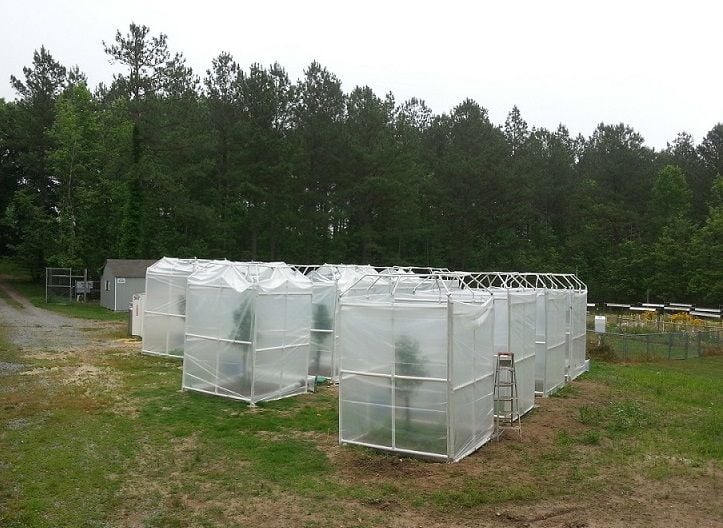
Here’s how it works. Almost all plants make their food through photosynthesis – the process that uses solar energy to convert carbon dioxide and water to sugars used for growth. Carbon dioxide enters leaves through microscopic pores called stomata, but plants can’t help but lose precious water vapor through the same holes. Virtually every plant has to balance the benefit of rapid uptake of carbon dioxide, which allows faster growth, with the danger of wilting from rapid loss of water. This balance requires just the right number of stomata.
Our prediction? Higher concentrations of carbon dioxide will cause leaves to develop fewer of the tiny pores. What we want to know is how few stomata ginkgo plants make when they grow in air containing a lot of carbon dioxide.
Back to our little ginkgo grove. Except for the high carbon dioxide levels, our ginkgos are growing out in the wild. The greenhouses are open at the top, exposing the trees to cold, wind, rain, harsh sunshine, heat and humidity. They even have to suffer being munched on by insects, though lucky for them few species are interested in eating their leaves. Growing the trees outdoors is important for our experiment, because we want to compare the leaves of our trees to fossils from millions of years ago, and those ancient trees also had to survive the elements. However, this does leave the whole experimental apparatus exposed to the elements. We paid the price for this last winter when a cold front with strong winds destroyed much of the ductwork we had built to deliver the CO2 to the greenhouses. Nobody said this was going to be easy!
There are a total of 15 trees in our experiment. Six trees are growing at 400 parts per million (ppm) of carbon dioxide - the amount in the atmosphere today. (It was only 280 ppm in 1820!) Three trees are growing at 600 ppm, which is the concentration carbon dioxide might reach by the year 2100 if the rate of emissions from human activities isn’t curtailed. Three trees are growing at 800 ppm and three more at 1000 ppm, conditions designed to mimic the distant past when the climate was so warm there were no polar ice caps.
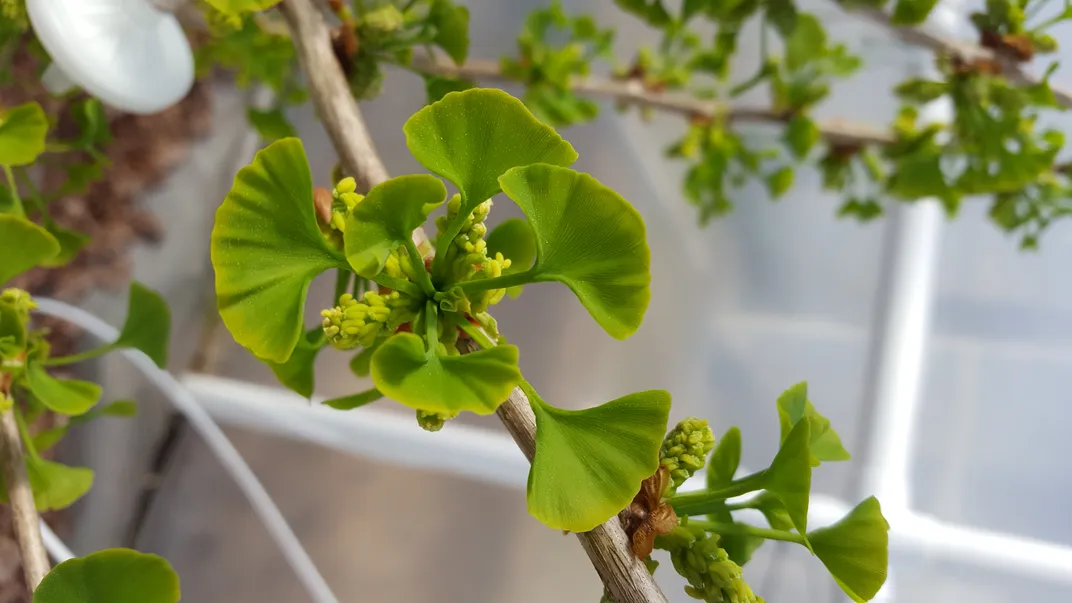
When the daylight wanes in November and December, and the temperatures start to freeze here in Maryland, ginkgos drop their leaves in spectacular fashion. Over a span of a couple of weeks they turn a lovely yellow color. Then, almost overnight, all the leaves fall, creating beautiful aprons of yellow on the ground. In the spring, the trees sprout fresh new green leaves. These new leaves have integrated the atmospheric conditions that the tree experienced the previous year. This is the second year of the Fossil Atmospheres experiment, and we will need to run the experiment for several more years to come. It will take time for the ginkgo trees to become accustomed to their new carbon dioxide levels. We expect this year’s leaves will have fewer stomata than last year’s, with the smallest numbers on the plants growing at the highest levels of carbon dioxide.
If we can work out the relationship between concentration of carbon dioxide and the number of stomata on the experimental ginkgo leaves, we could reverse the relationship and use the number of stomata on a fossil leaf to calculate the amount of carbon dioxide in the air when that leaf was alive. This is precisely what we are doing. In addition to counting the number of stomatal pores in a small rectangle of the same size on each leaf, we also count the number of regular cells so that we can calculate a simple ratio called stomatal index (# stomata/# regular cells + # stomata). Stomatal index seems to respond more reliably to carbon dioxide levels than simple stomatal number. If we can characterize the relationship between carbon dioxide and stomatal index accurately, we should be able to pick up a fossil ginkgo leaf and know the composition of the air in which it grew.
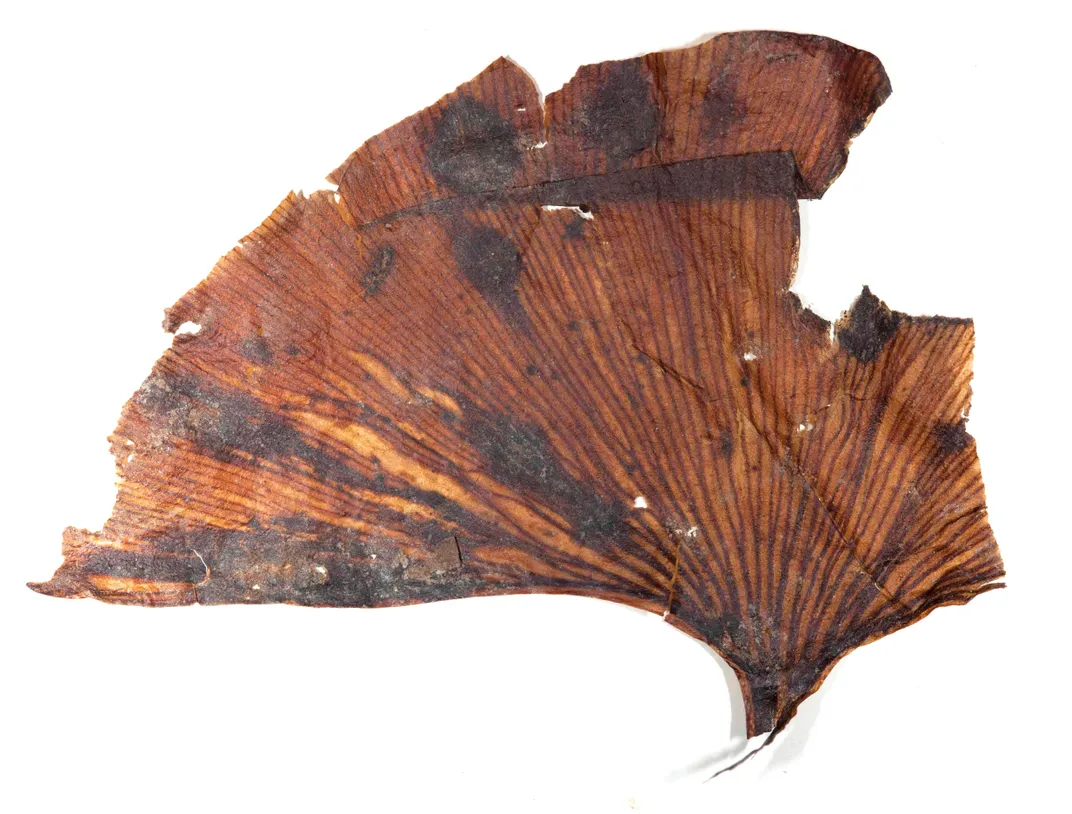
One of the most exciting things about ginkgos is that they fossilize exceptionally well. Some of our fossils, millions of years old, can literally be lifted off the rock with our fingertips and held up to the light to see their veins. The cellular structure of the leaves is also well preserved. This faithful preservation means we can take a 60 million year old ginkgo leaf and count the cells in the same way we would on a leaf from one of our experimental trees. The abundance of well-preserved ginkgo fossils can provide a detailed record of how carbon dioxide in the atmosphere has changed with changing climate over millions of years.
This is where you as a citizen scientist can play a part in our research. We have thousands of microscope images of the surfaces of ginkgo leaves, where you can see the cells of each leaf in exquisite detail. We need to know how many of each different type of cell are present on each leaf to calculate the stomatal index. Having lots of people collect this data from each image is a great advantage to the research team because it means we can complete the project in a reasonable amount of time. More importantly, sometimes we debate how to properly count the cells, and having many opinions will help us come to a consensus on the right answer. Debate can be healthy!
We hope that joining the project will be beneficial for you as citizen scientists too. You are collecting the primary data, which means you’re participating in actual Smithsonian research. You can get a sense of how the scientific process really works, and we will keep you updated with results as the project progresses. We will be watching everyone’s progress, and actively communicating with contributors to answer any questions about data collection or the science behind the project. It will be like having your very own personal scientists!
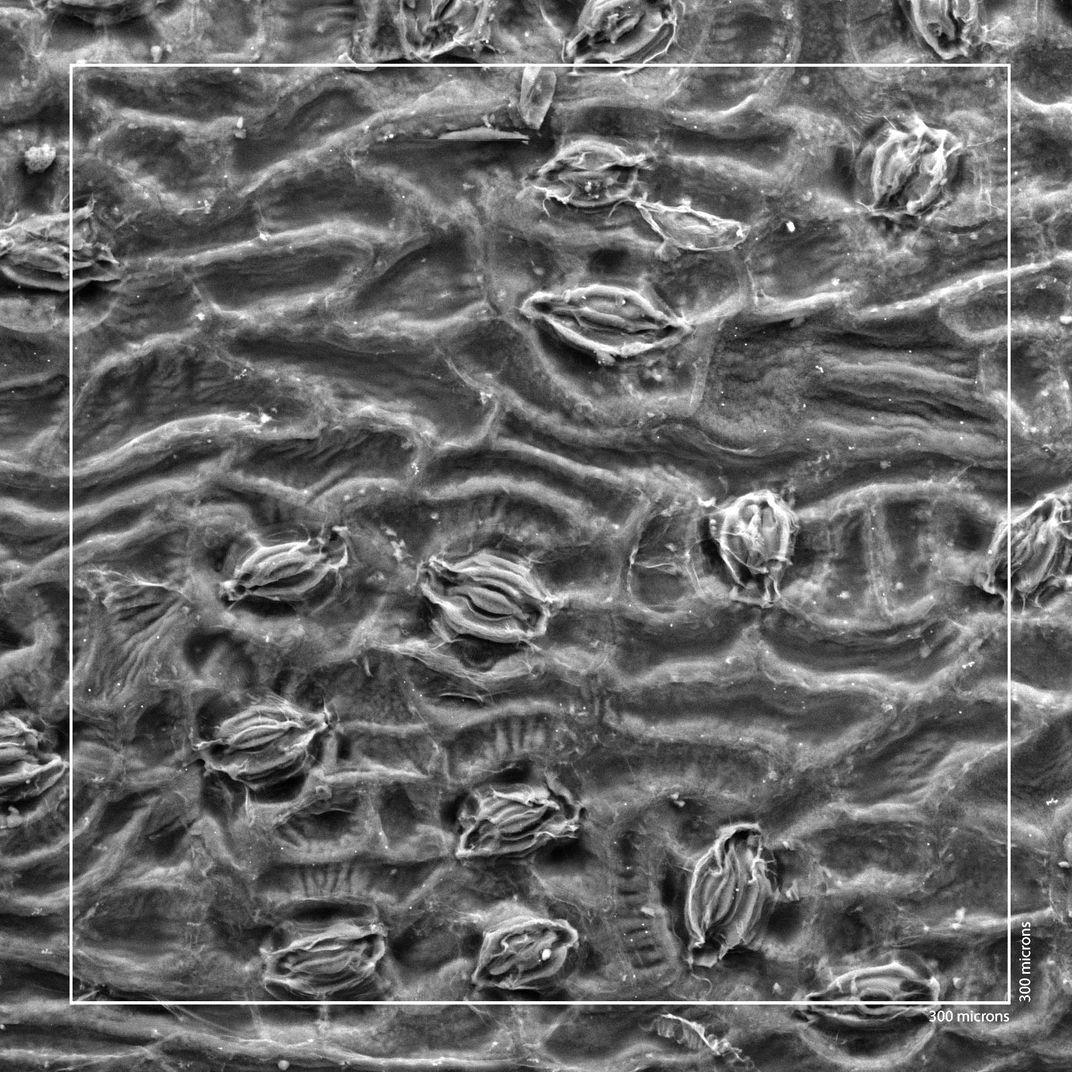
Ginkgo biloba, or the ‘maidenhair tree’, is the last surviving species of an ancient lineage that first appeared before the dinosaurs, survived three major mass extinction events, and looks virtually the same now as it did in the ancient forests of the Cretaceous, 80 million years ago. Now we hope to use this ultimate survivor to help answer an important question about the future - as we humans add carbon dioxide to the atmosphere, how warm will the planet get? This question can be answered if we can reconstruct past changes in carbon dioxide and climate. The past will help give us the knowledge we need to anticipate the future!
Rich Barclay is the lead scientist on the Fossil Atmospheres experiment and Laura Soul is coordinating the citizen science effort. Both are at the Smithsonian’s National Museum of Natural History in Washington, D.C.
Join the project at: https://www.zooniverse.org/projects/laurasoul/fossil-atmospheres

